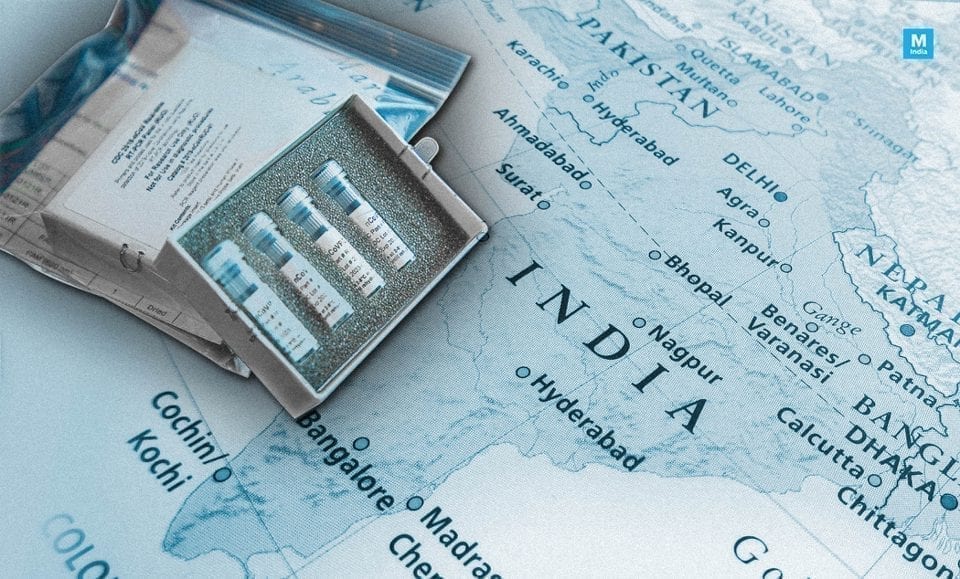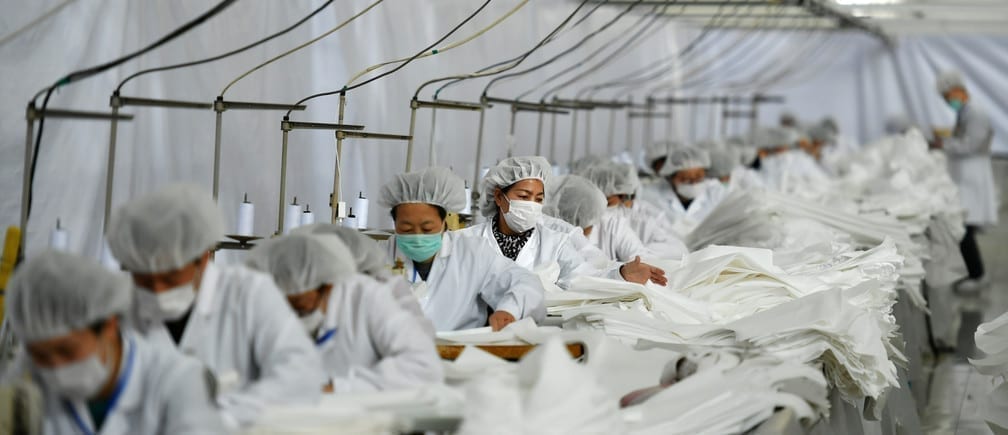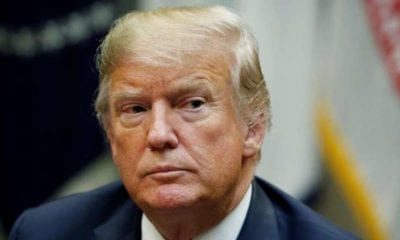Asia
Our current situation with Nepal

India must use the visit of Nepal’s newly anointed PM, Sher Bahadur Deuba, on Wednesday as an opportunity to hit to redefine Nepal-India relations. While it is true that India played a major role in ending the Maoist insurgency in 2006, but the period thereafter was marked by escalating meddling in Nepal’s internal affairs.
Sanctions by Indian Government had forced Nepal to reach out to China and sign a treaty on trade, transit and infrastructural agreements with it.
There are many other matters pending between Nepal and India, such as:
- The impact of demonetisation and the application of GST on Nepal’s economy.
- Pegging of Nepali rupee to the Indian rupee.
- The rights of migrant Indian labour in Nepal and Nepali labour in India.
- Border disputes pending between the two countries, at Susta, Kalapani and the ‘tri-junction’ of Lipulekh.
Nepal has planned to sell electricity to India once it has a hydropower surplus, but Indian government directive says that it will not allow any import of electricity other than from power companies with more than 51% Indian equity.
Internal political instability has made Kathmandu lose its confidence in dealing with the New Delhi. With the self-assurance under its new Constitution, and with India seemingly changing its Nepal policy, one can hope for better relations between South Asia’s largest democracy and its oldest nation-state.






































